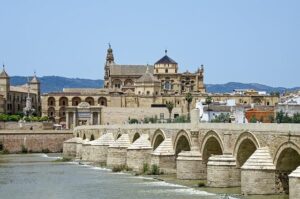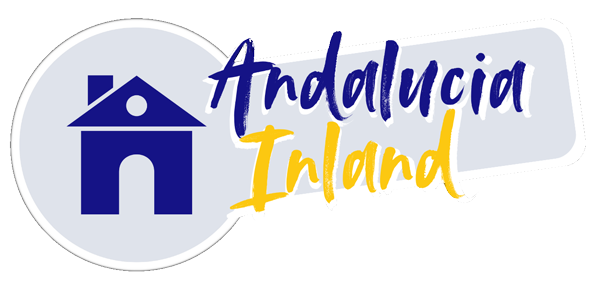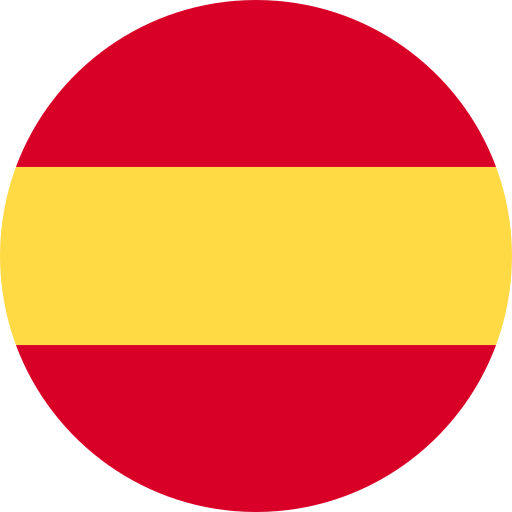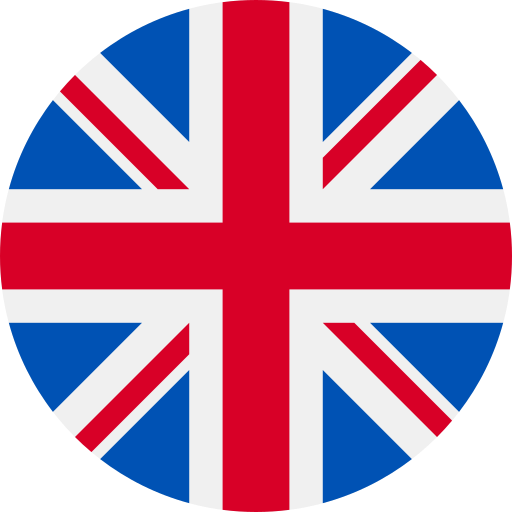AN INTRODUCTION TO CORDOBA PROVINCE
 Córdoba is a province in southern Spain, in the north-central part of the autonomous community of Andalusia. Its borders are the provinces of Seville, Badajoz, Malaga, Ciudad Real, Jaen, and Granada. Its capital is Córdoba. Its population is 775 002 inhabitants.
Córdoba is a province in southern Spain, in the north-central part of the autonomous community of Andalusia. Its borders are the provinces of Seville, Badajoz, Malaga, Ciudad Real, Jaen, and Granada. Its capital is Córdoba. Its population is 775 002 inhabitants.
The “Jewish Quarter” or old town, with its small plazas, patios full of colourful flowers and typical bars where tapas are enjoyed, is full of amazing architecture. The Mezquita (or mosque) attracts thousands of visitors each year who flock to admire the magnificent workmanship – it took two centuries to complete and is an amazing jungle of columns, recesses and arches with a church at its centre. Outside the mosque are the beautiful gardens, “the Patio de los Naranjos” and the “Calleja de la Flores”.
Across the river from the Mezquita is the Alcázar (or fortress) which was built by the Christians in 1328 as a defence against the Muslims. It offers a lovely respite from the summer heat as you wander through the tree shaded gardens and courtyards.
As the city is divided, so is the province: The Sierra Morena in the north with its rugged pine and oak covered hills with a few steep villages set into them. The Campiña in the south which are the farmlands covered in wheat, vine and olive trees. The area is famous for its dry white wines, similar to sherry, which are produced from the Pedro Ximenez grape and olive oil, which is the other main produce from the region. This is why olive oil is an important ingredient of many typical dishes, Gazpacho and Salmorejo are cold soups made mainly of mashed vegetables and olive oil and are delicious and refreshing in the heat of the summer. Jamon, which is cured ham, Salchichon, a typical sausage, Caña de Lomo and Morcilla, black pudding are also widely enjoyed in the province. Some typical desserts are Alfajores, made of almonds and honey and Pestiños, which is fried in oil and then covered with honey.
Cordoba enjoys its fiestas and festivals the same as every other town in Spain, and Semana Santa, or Easter week is one of the most important. There are no fewer than 32 processions in total with beautifully decorated and ornate pictures and figures of Saints accompanied by the Nazarenos (men dressed in typical gowns with hoods that cover all the face except the eyes). These processions pass through the town followed by crowds of people. In May there are three festivals; from 5th to 12th there is the Festival of the “Patios Cordobeses”, a contest for the most beautifully decorated courtyard; the Cruces de Mayo is when the whole town is decorated with crosses and thousands of flowers; the last week in May is when everyone lets their hair down at the Feria de Cordoba – flamenco music and dance are enjoyed and the whole town revels in the festivities.
As you wind your way south there are some beautiful whitewashed villages where a friendly welcome can always be found… Puente Genil, Benamejí, Encinas Reales and, of course, Iznájar which is popular for the lake and its beach, and not forgetting La Subbética natural park which was designated such in 1988 and is home to a myriad of birds, flowers and fauna.














